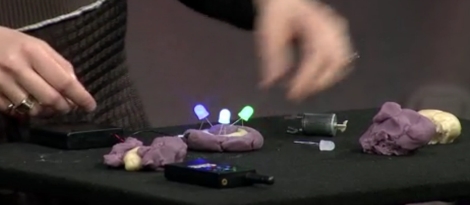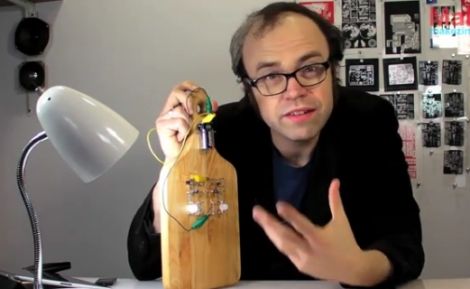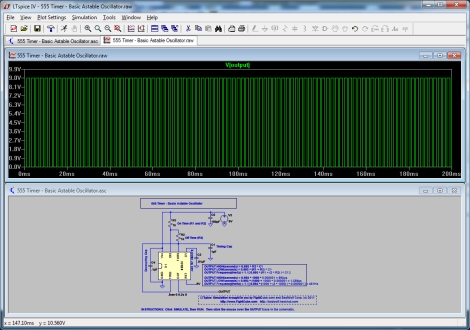
Getting kids interested in electronics at a young age is a great idea. Feeding their developing minds via creative projects and problem solving is not only rewarding for the child, it helps prepare the next generation of engineers and scientists. University of St. Thomas professor [AnnMarie Thomas] along with one of her student [Samuel Johnson] have put together a winning recipe for getting kids started in electronics tinkering at a very young age.
While some 5-year-olds can wrangle a soldering iron just fine, some cannot – and younger kids should probably stay away from such tools. This is where the the team from St. Thomas comes in.
They scoured the Internet looking for Play Dough recipe clones, testing the resistance and useability of each before settling on two formulas. The first formula incorporates salt, and has a very low resistance. The second contains sugar and has about 150 times the resistance of the first formula. If you use them together, you have very simple conductor and insulator substrates that can be manipulated safely by tiny hands.
As seen in the demo video below, a small battery pack can be wired to the conductive putty easily lighting LEDs, turning small motors, and more. We can only imagine the delightful smile that would emerge from a child’s face when they power on their putty circuit for the first time.
While only two different types of putty have been made so far, we would be interested to see what other materials could be integrated – how about homemade peizo crystals?
[Thanks, Spence]












